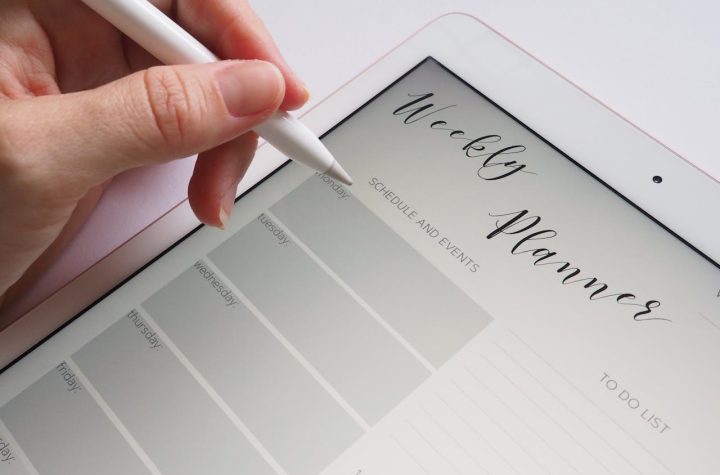
Creating a book cover can be tricky business. Many hours of planning, creativity, and hard work must go into creating a beautiful design — or so you’d think. But the truth is that there are some simple rules you shouldn’t ignore when trying to create a great book cover. This is what I’ve discovered in my many years of experience as a professional book designer.
Why is it important to make a good book hardcover?
The hardcovers of your books tell people what they can expect from them. It stops people as they walk through the store and makes them stop in front of your book. It directs people from the internet to your Goodreads profile, website, or amazon page for your book. So, hard book covers are also very important for selling books.
All you need to do is find a designer and the best book cover designers. Before looking for a designer, you need to know how to explain what kind of design you want. And before you do this, you should know what the basic design principles for hard covers are. So here are the basic design principles for hard covers:
Basic Design Principles for Hardcover Books
Unique book cover style
What will not help you attract more readers? Creating a book cover that looks like every other one on the shelf.
If you want your book to jump off the shelves and into the hands of readers, it needs to have a clear visual style. This will not only get the attention of your readers, but it can also help you build your author brand. If you use the same visual style on all of your hardcover books, it will be easier for your readers and the rest of the world to recognize your work.
An interpretive subtitle
Do you notice that the title of each of the books is always next to a smaller line of text? That’s what the subtitles are. It tells people more about your book by using a clear line with the title.
If your book’s title draws people to it, the subtitle should seal the deal. It must make people want to read your book and learn more about it.
A great subtitle clarifies a title that might not be clear and adds something new.
Eye-catching typography
Typography is the part of designing a book cover that makes the title and subtitle stand out. The best ideas for book hard covers always show what the book is about through the fonts.
Choosing your book’s font and style helps keep the genre in mind. Nonfiction and self-help books do better with a modern font, while fantasy books can get away with more fancy fonts.
Adding a teaser
Putting a teaser on the hardcover books is a good way to get people to buy them. That could be the title of a chapter or a short quote.
For fiction books, a plot summary is a good teaser. What is going on in the book as a whole? What is the most interesting thing? Put that on your cover and make it stand out. Don’t make it too long! Use bold colors and smaller fonts.
Selecting the appropriate font and background color
Don’t use more than two different fonts on your cover. It will make it look messy and not professional.
Don’t use a generic font that came with your computer. It makes it seem like the book is not very interesting. When people see a font a lot, they tend to ignore it because they are used to it. By using a font slightly different from what people usually see in Word, readers will be curious to find out what the book is about.
A visually appealing spin
It’s a luxury to have many people talk about your book and stacks of it in a bookstore. Sadly, this is not true for people who publish their books. Your book will likely have to share a shelf with other books in the same genre, with only the spine showing. If this small space is to catch people’s attention, it needs to be striking.
The spine should fit with the overall design and theme of the cover. Here, the choice of text is very important. Remember that the spine of a book only has the title, the author’s name, and maybe the publishing company’s logo if you’re going the traditional route.
The spine is the last part of your book cover design that needs some thought. Most bookstores put books on shelves vertically, so the only way for potential readers to easily find your masterpiece is to look at the spine.
You should keep things as simple as possible when it comes to spines. Write the title at the spine (this should also be in the largest font). Then, at the bottom, write your author name and your publisher’s imprint.
When you’re making your cover, make sure to check with your designer to make sure the design of the spine will work with the length of your book. If your book is shorter than 150 pages, you might have some formatting problems.
A well-placed author’s bio
When a reader looks at a book, they automatically want to know who wrote it. This is why the author’s bio is printed on the back cover. It tells people who might read your work in the future who you are as a writer. It usually has about three sentences and tells people where they can find you online, like the address of your blog or website.
A bio helps you market yourself and build a name for yourself as an author. When you sell your book, you sell yourself as a good writer.
Conclusion:
We all judge books by their covers, despite the saying. Customers judge books by their covers, as do individuals. Unattractive book covers won’t sell millions of copies. Believe it or not, a book’s cover is crucial. Unattractive ones can sell, but they won’t generate as much money. A good-looking one will boost your sales. And with these basic design principles for hardcover books, you can win.




More Stories
Mobile SEO Guide: Ways to Improve Mobile Ranking
Double Your Website Traffic with Our Customized Local SEO Packages in 2024
Skyrocket Your Business Sales With YouTube Video Marketing